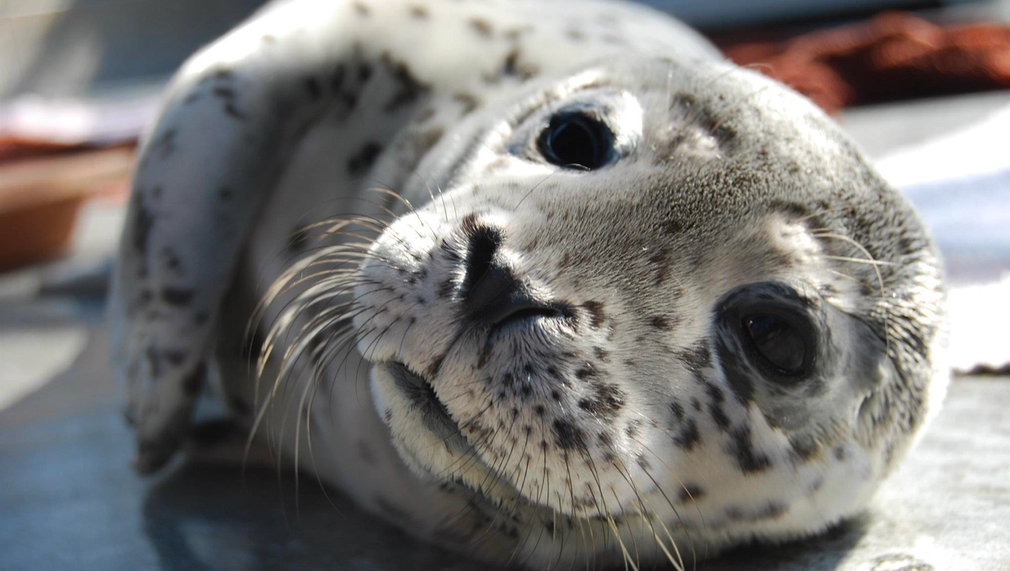Save the Seals
If you are a sick or injured seal or sea lion where do you go for help? Marine Mammal Care Center! MMCC is a seal and seal lion hospital that admits over 350 patients per year. Without the support of our community, we would not be able to do the life-saving work that we do. MMCC delivers care to our patients while maintaining their wild nature so they may be released after rehabilitation. Funding will support aging life support equipment, food storage capacity, food supplies, and medical supplies used to diagnose and treat our patients.

What is the primary issue area that your application will impact?
Climate and Environment
In which areas of Los Angeles will you be directly working?
County of Los Angeles
In what stage of innovation is this project, program, or initiative?
Expand existing project, program, or initiative
What is your understanding of the issue that you are seeking to address?
To date, MMCC has treated over 8,000 marine mammals that would otherwise be left to die on our beaches. MMCC delivers care while maintaining the animal’s wild nature so they may be released after rehabilitation. MMCC serves a critical need for marine animals and for public health. The communities affected would see a negative public health impact and substantial negative public relations issues, without MMCC intervention. If our facility did not exist, state and local governments would incur substantial public safety risks and costs to handle and transport hundreds of sick or injured animals found on our beaches with no local resource to take them in. Our sick animals (some as large as 500 pounds) cannot be left on our beaches to interact with humans – both species pose a threat to one another when they come in contact. MMCC helps mitigate that risk.
Describe the project, program, or initiative this grant will support to address the issue.
Critical to MMCC’s work is access to necessary medical supplies, equipment, and food sources the patients need while in our care. Patient care includes: Rescue: Our patients are brought to our hospital by our rescue partner MAR. Without our hospital there would be nowhere to take these sick and injured animals. Intake: Upon intake, each patient is given an identification number & a daily medical record is initiated to chronicle medical status, food intake, & notable changes in behavior during treatment. This information is used to assess how animals are housed within the facility and when they are ready to move to the next step in the rehabilitation process. Care: Initial interaction with the patient may be labor-intensive, including physical restraint for feedings and medications. As the animal regains normal health & strength, the care team is hands-off, and the animal interacts with people less and less. Our focus is always on keeping the animal as wild as possible to ensure its success upon release back into its natural habitat. Staff feed at least 3x per day, maintain a clean living space, administer medications, and take daily progress notes. Release: Return to the ocean occurs as soon as a patient recovers from its illness or injury, is at proper body weight, and can compete for food. This usually takes a few months after which our attending veterinarian must clear each patient for release, making sure they have met all their rehabilitation milestones.
Describe how Los Angeles County will be different if your work is successful.
Success for MMCC means being able to continue our work of rehabilitation for marine mammals stranded on the coast of LA County. We are a critical resource to our community and the only 365/24/7 marine mammal hospital in LA County. Without our work there is simply nowhere for these sick and injured animals to go. Our success is determined by the support we receive from our community to fund the vital role we play in the rescue and rehabilitation of our patients and in understanding the health of marine mammals in our coastal waters.
What evidence do you have that this project, program, or initiative is or will be successful, and how will you define and measure success?
The goal for each patient is to be released back into the ocean. Criteria for release are established by NMFS and include qualitative data on weight gain, resolution of medical conditions, ability to compete for food, blood parameters, and an assessment of readiness to return to the ocean. This data, along with quantitative data regarding the number and variety of seals and sea lion patients will be collected. Additionally, prior to release, each patient receives a small orange tag in one of their flippers possessing a unique number. These tags may remain with the animal for years; reports of tagged animals provide information about survival and location. Reading the tag number requires close proximity to the animal and is not always possible when the animal is healthy and surviving in the wild. To obtain more detailed post-release information, satellite tracking is used. Although extremely expensive, when feasible, satellite tracking provides critical information to our research team.
Approximately how many people will be impacted by this project, program, or initiative?
Direct Impact: 50,000,000
Indirect Impact: 9,000,000